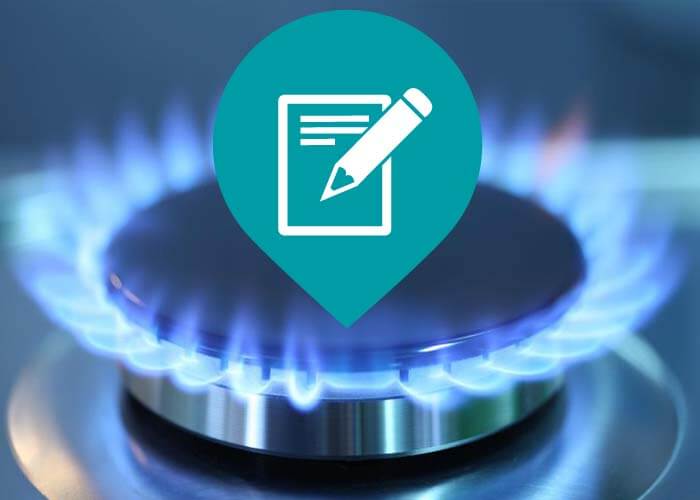
Exactly how Does the Gas Shipment System Job?
How Does the Natural Gas Shipment System Work?
Gas streaming from higher to decrease stress is the fundamental principle of the gas distribution system. The quantity of stress in a pipeline is determined in extra pounds per square inch.
From the well, the gas goes into "celebration" lines, which are like branches on a tree, obtaining larger as they get closer to the central collection factor.
Celebration Equipments
A celebration system might need several field compressors to relocate the gas to the pipe or the processing plant. A compressor is a machine driven by an inner combustion engine or wind turbine that develops stress to "press" the gas through the lines. The majority of compressors in the natural gas distribution system use a percentage of gas from their own lines as fuel.
Some gas event systems consist of a processing center, which performs such features as removing contaminations like water, co2 or sulfur that might wear away a pipeline, or inert gases, such as helium, that would decrease the power worth of the gas. Processing plants additionally can eliminate small quantities of gas as well as butane. These gases are utilized for chemical feedstocks as well as various other applications.
The Transmission System
From the event system, the gas actions into the transmission system, which is usually composed of concerning 272,000 miles of high-strength steel piper.
These big transmission lines for natural gas can be compared to the nation's interstate freeway system for vehicles. They relocate large amounts of natural gas hundreds of miles from the creating regions to neighborhood distribution companies (LDCs). The stress of gas in each section of line typically ranges from 200 extra pounds to 1,500 extra pounds per square inch, depending upon the type of area in which the pipe is running. As a precaution, pipelines are created and constructed to take care of much more pressure than is ever really gotten to in the system. As an example, pipelines in more inhabited areas operate at less than half of their layout pressure degree.
Several significant interstate pipelines are "looped"-- there are two or even more lines running alongside each other in the very same right-of-way. This supplies maximum ability throughout periods of peak need.
Compressor Stations
Compressor stations lie around every 50 to 60 miles along each pipeline to boost the stress that is lost with the friction of the natural gas moving through the steel pipeline. Many compressor terminals are completely automated, so the devices can be started or quit from a pipeline's central control area. The control area can additionally remotely operate shut-off valves along the transmission system. The drivers of the system maintain detailed operating data on each compressor station, and constantly change the mix of engines that are running to optimize performance as well as safety and security.
Gas relocations through the transmission system at up to 30 miles per hr, so it takes several days for gas from Texas to come to an utility invoice factor in the Northeast. Along the road, there are several interconnections with various other pipelines and also other energy systems, which uses system drivers a good deal of flexibility in moving gas.
Linepack
A 50-mile area of 42-inch transmission line operating at around 1,000 extra pounds of pressure includes around 200 million cubic feet of gas-- adequate to power a kitchen range for greater than 2,000 years. The amount of gas in the pipe is called the "linepack.".
By increasing as well as reducing the stress on any kind of pipe sector, a pipe firm can make use of the sector to store gas throughout periods when there is much less need at the end of the pipeline. Utilizing linepack in this way allows pipe operators to deal with per hour changes popular very efficiently.
Gas pipes and energies use really advanced computer system models of client need for gas, which relate day-to-day and hourly usage fads with seasonal and environmental aspects. That's why consumers can rely on the reliability of natural gas-- when it's needed, it exists.
Gateway Terminals.
When the gas in a transmission pipeline reaches a local gas utility, it generally passes through a "gateway terminal." Utilities frequently have gateway terminals getting gas at many different areas and from numerous different pipelines. Gateway stations offer three objectives. First, they lower the pressure in the line from transmission degrees (200 to 1,500 pounds) to distribution degrees, which vary from 1/4 pound to 200 pounds. After that an odorant, the distinct sour aroma connected with natural gas, is included, to Article source ensure that consumers can smell even small quantities of gas. Lastly, eviction terminal determines the flow price of the gas to figure out the amount being obtained by the energy.